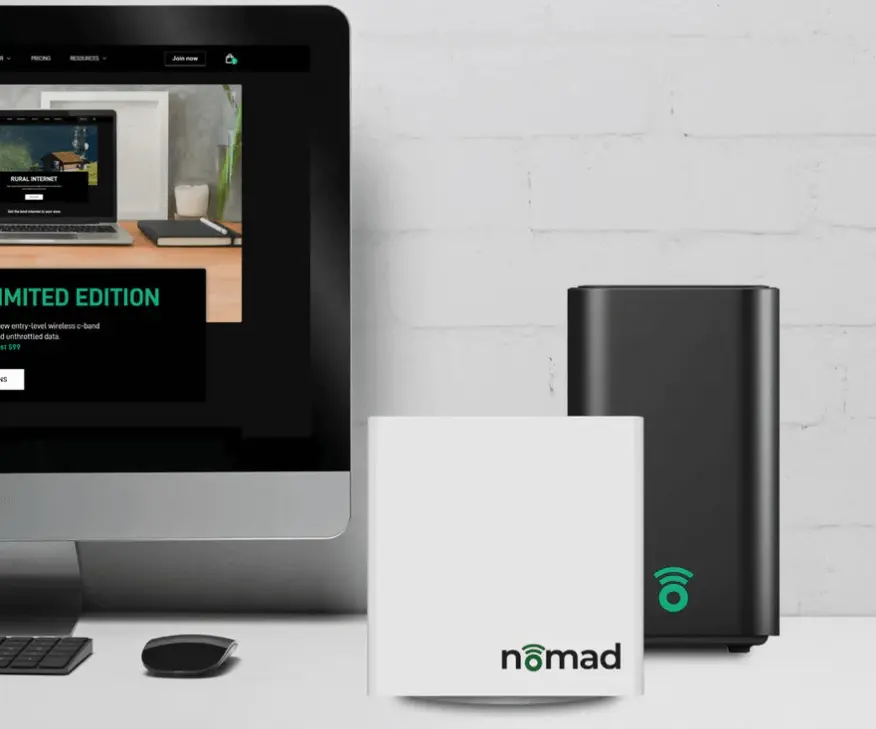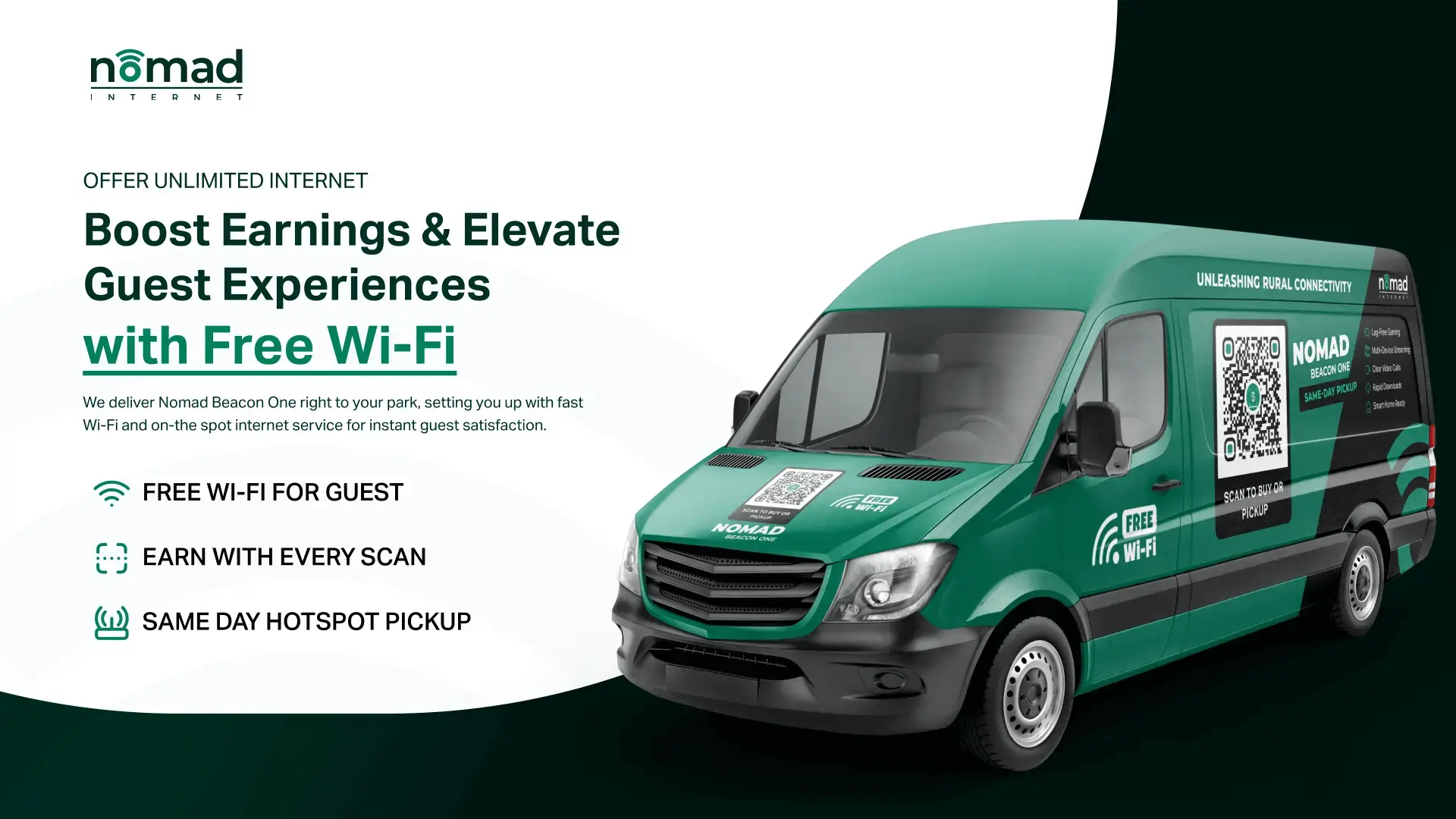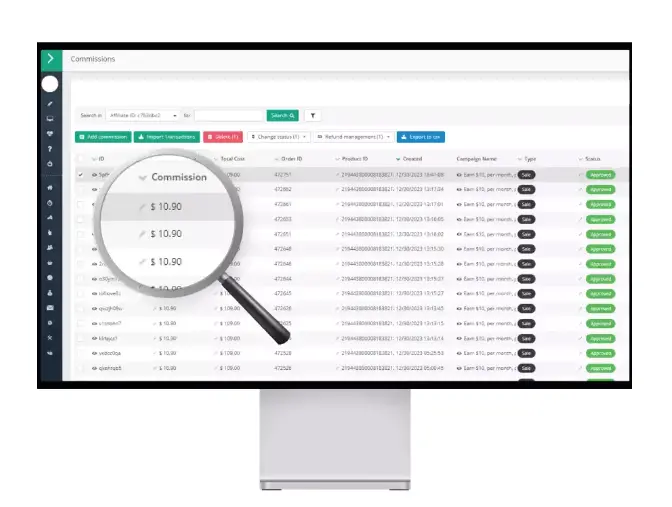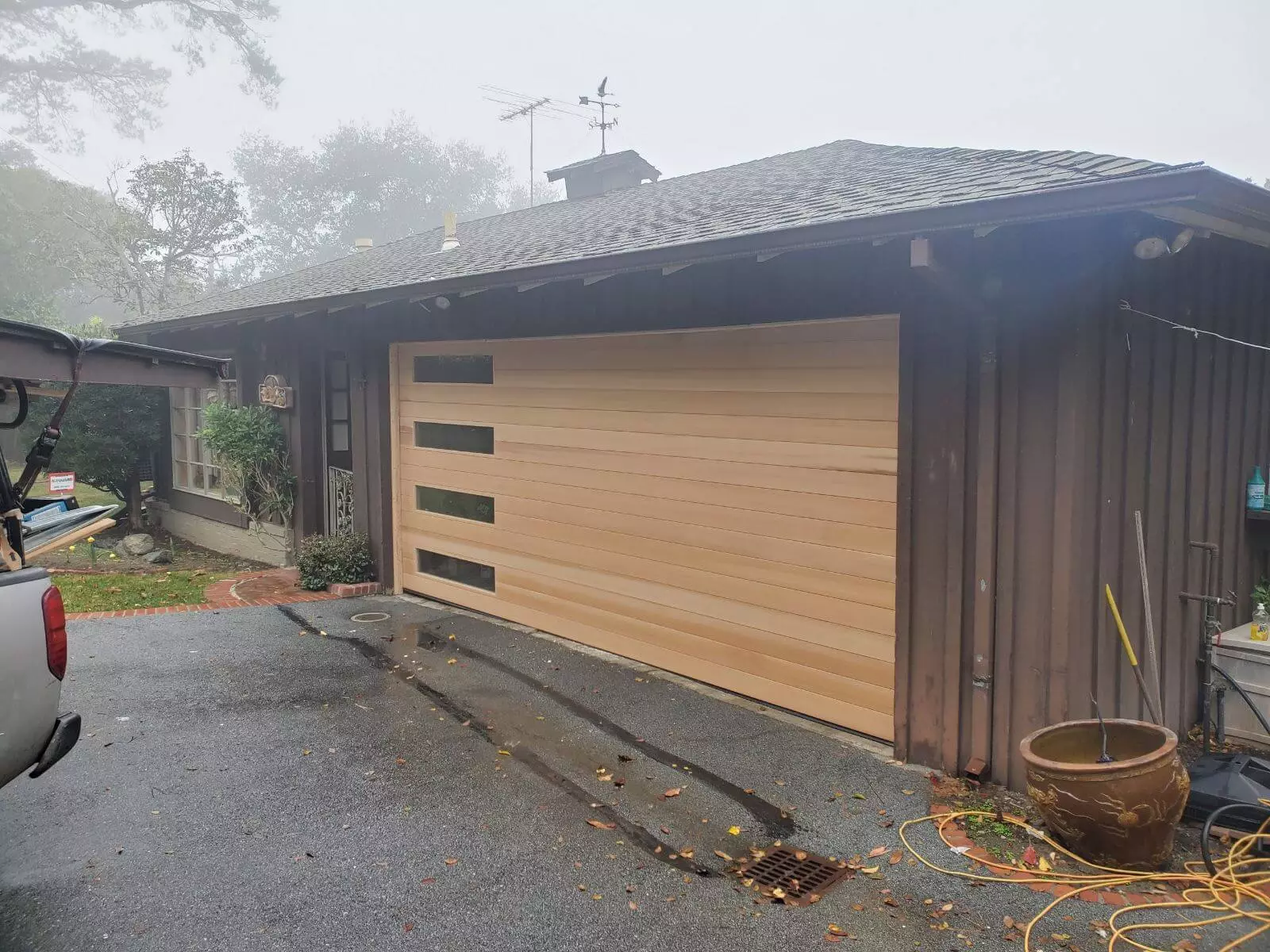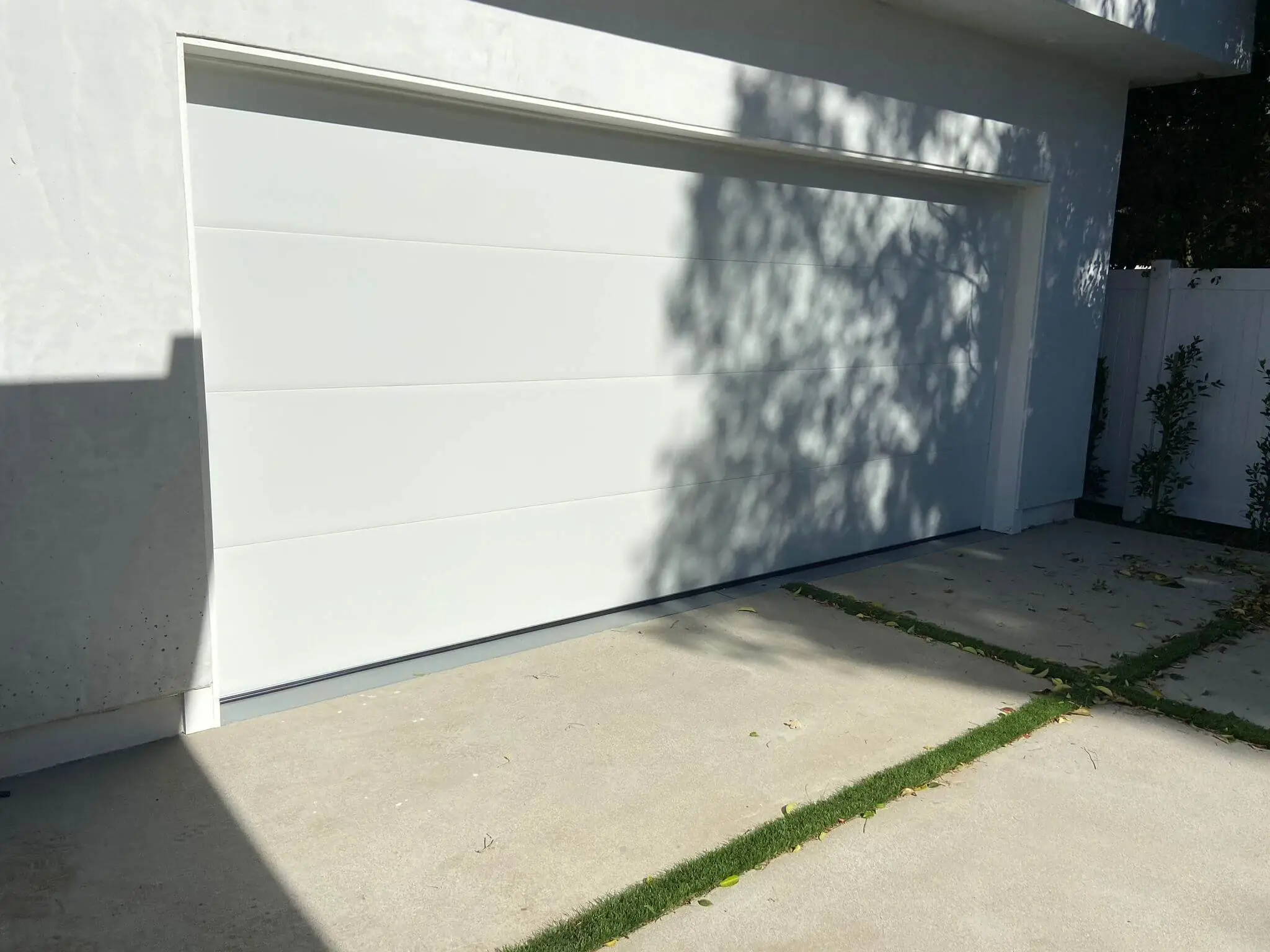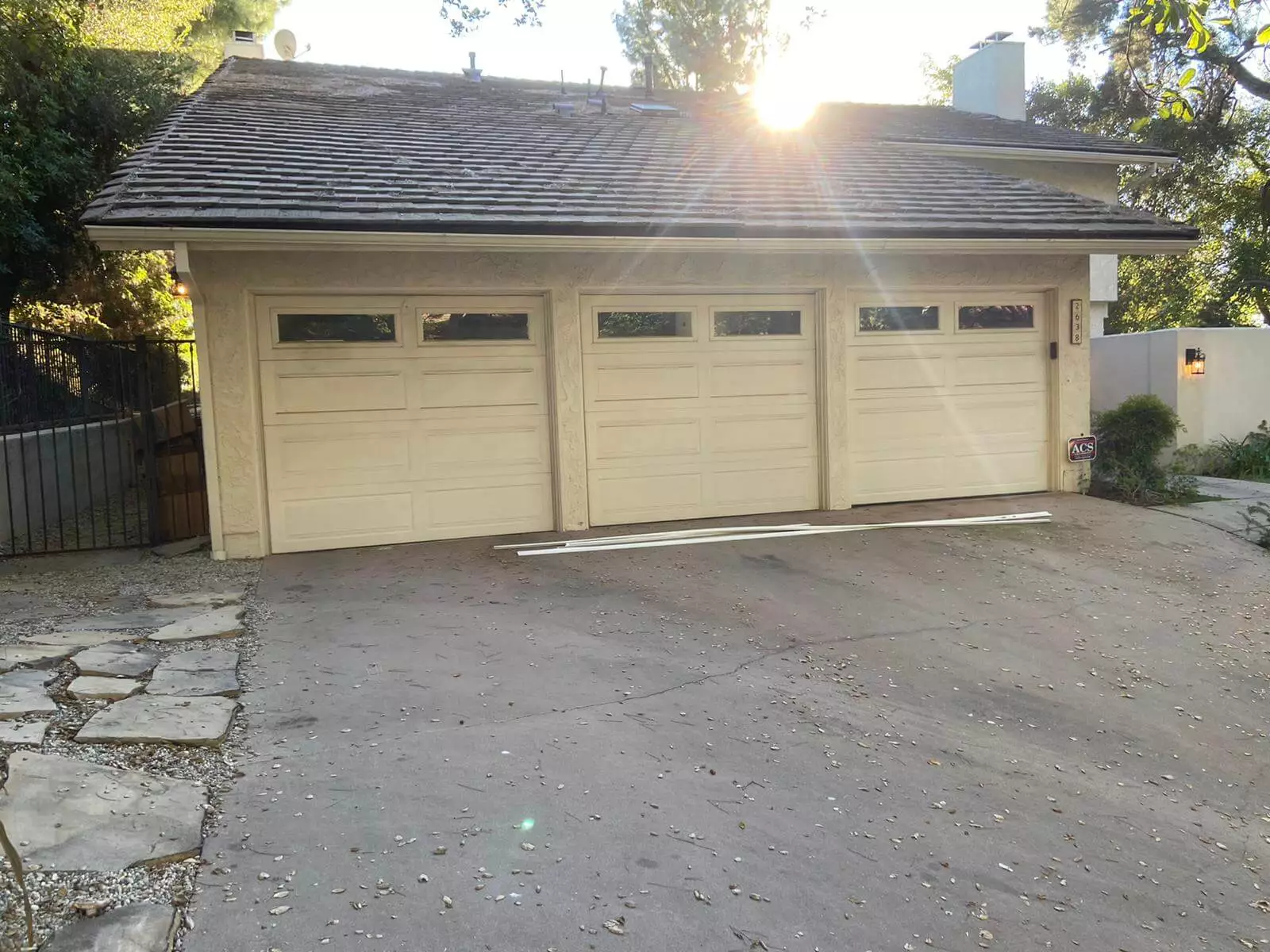Internet these days has become an imperative as much as a cup of coffee after having slept through the Sunday night. It gives us the energy to power up our daily tasks, provide means for our recreation, and even in pursuit of socialization, it has a part to play. But for those living in rural areas with only stars as their company, thanks to several hours of separation from the nearest city, searching for a reliable internet solution is like looking for a needle in a haystack. While many city dwellers can have a buffet of internet service providers and speed, spearheaded by affordable and readily available fiber internet, those in rural areas have no option but to be confined to a small group of internet service providers who may not even provide a stable connection.

The extent of this trickling, however, is now changing. The digital divide is gradually decreasing as more ISPs commit to covering the rural areas. These extra choices mean that rural dwellers no longer have to accept whatever connectivity they’re given or the speeds that come with that. But great choice comes with great responsibility – or the extraordinary task of selecting the proper supplier. If you need assistance orienting yourself in this new world, here’s a list of the top Internet providers for the countryside in 2024. We’ve got you covered regardless of the place, from the dense forests to the vast valleys.
Content
Best Internet Services for Rural Areas in 2024
1. Nomad Internet: The Frontier of Connectivity
Nomad Internet revolutionizes rural internet access, providing high-speed connections without complex equipment. Whether nestled in a mountain cabin or living off the grid, Nomad Internet keeps you connected with C-band coverage that spans the nation. Little wonder, then, that they are the providers rural Americans turn to for their Internet needs. This is their unique feature for low-latency introduction; now, Nomad Internet is far ahead of its competitors among ISPs, even in the middle of nowhere.
2. T-Mobile Home Internet: Where 5G Meets the Homestead
If you’ve got a solid cellular signal, T-Mobile Home Internet could be your ticket to reliable internet. Available wherever 5G or 4GLTE service reaches, T-Mobile offers speeds between 33 and 245 Mbps—perfect for most family needs, from online meetings to casual gaming. At a steady $50 per month with autopay, it’s an affordable, contract-free option that doesn’t skimp on speed. Remember that your connection might fluctuate depending on your location and network traffic.
3. HughesNet: Reaching for the Stars
HughesNet has remained a famous satellite internet service provider, offering services wherever a satellite can transmit a signal. Their speeds are 50 Mbps, enough for regular use, including streaming and video calls. HughesNet currently provides four plans; the only way to distinguish them is by how much data can be used. It is easy to install, and although there is an initial cost, purchasing one’s modem is cheaper in the long run.
4. AT&T Internet: Versatile Options for Rural Areas
AT&T offers a wide array of plans, including options for areas that still need to be equipped with fiber optics. AT&T sees that even the most remote customers can connect from digital subscriber lines to fixed wireless. The company offers a fixed wireless service for $69. 99 monthly, offering 10 Mbit/s Download and 1 Mbit/s Upload. AT&T’s services are available with mobile and TV arrangements for which data limit is set except if you take the unlimited plan.
5. Kinetic by Windstream: Fiber Optics in the Farmlands
Kinetic is delivering the Internet of tomorrow to numerous rural areas with its growing fiber optics connection. In eighteen states, the plans provided by Kinetic range from 500Mbps to 8000Mbps. The prices are relatively low initially but higher than the introductory price after the initial few months. However, the initial cost is well worth it for the speed and reliability that Kinetic delivers to previously underserved areas.
6. Verizon 5G: High-Speed Horizons
The largest telecommunications company, Verizon, uses its broad 5G network to deliver the internet to rural America. Verizon has coverage in 47 states. Verizon offers two main plans but can offer download speeds of 85 Mbps up to 1,000 Mbps. However, if one is outside the coverage of this 5G network, one gets 4G LTE speeds, which is a capable connection at a reduced speed. All these can be complemented by Verizon’s other services, which make the process easy and economical.
Alternative Connectivity Services for Rural Areas
As rural internet options continue to grow, other ISPs are stepping up to the plate. Here are some additional providers worth considering:
- Google Fiber: In urban areas for now and gradually moving to rural areas, Google Fiber provides up to 8Gbps internet with no limit.
- Spectrum: Serving 40 states, it has an asymmetric coaxial-fiber network with three service levels offering up to 1000 Mbps.
- Frontier: Offered in 29 states, the provider’s fiber hybrid plans begin at $44. From 99 per month, it delivers up to 5 Gbps with high-performance routers available.
Tips for Choosing the Right Rural Internet Provider
Take your internet usage habits into account when selecting an ISP. You’ll need swift speeds and lower latency if you work from home or enjoy online gaming. Families may require a connection that supports multiple devices simultaneously, while casual users might prioritize affordability.
- Connection Type: Fiber, DSL, cable, and cellular are the fiber types, all providing different advantages given the locality and the demand.
- Distance: The longer you are from the ISP’s infrastructures, the worse your signal could be, except for the fiber optics because it is even better over the more extended range.
- Speed: For the whole family, go for at least 25 Mbps, and for work from home and gaming, it is better to consider connections over 50 Mbps. It is for serious users who expect speeds of 100 Mbps and above.
5 Options for Rural Internet Connectivity
Even in remote areas, there are various ways to get online:
- Cable: Widely available and reliable, though only in some places.
- Satellite: Ideal for areas without wired infrastructure, but can be slow and laggy.
- Fiber: Fast and reliable, though availability is limited in rural areas.
- DSL: Uses your phone line for a consistent connection, faster than dial-up.
- Cellular and 5G: Mobile hotspots and home routers offer a wireless option, with 5G providing impressive speeds where available.
Additional Methods to Access the Internet in Rural Areas
- Wired Internet: Fast and reliable, though their provision is still limited to regions with relevant facilities.
- Wireless Internet: This is available in a wide range of areas for flexibility, but the speed heavily depends on the kind of service and the signal quality.
Selecting the Appropriate Internet Speed
Fiber connections intermittently offer internet speed rates of up to 10 Gbps, with the typical range being 5 Mbps to 1 Gbps. This speed is ideal, depending on whether you use it for web surfing, video streaming, online gaming, or remote work.
Conclusion
Finding the perfect rural internet service boils down to your specific needs. Nomad Internet, T-Mobile, AT&T, Kinetic, and Verizon each bring something unique to the table. Nomad Internet is committed to connecting even the most remote locations. The company’s new-generation technology and cheap rates will likely make them among rural Internet service providers in 2024. No matter where you sit, boat, crawl, or fly, there is an application to fix your problem and connect you.

Linda Lucero is a travel blogger from the US. She loves to meet new people and explore new cultures, as well as try delicious foods. Linda’s blog is full of her adventures around the world! In her spare time, she likes reading books about other cultures and how they might be different from what she knows in the United States.



